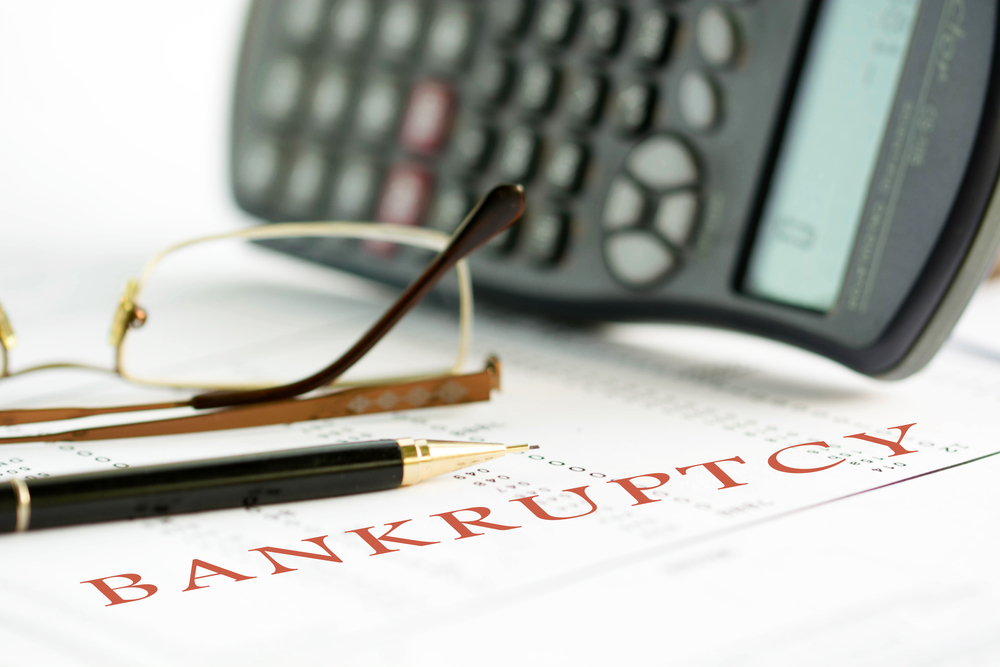It is no secret that financial difficulty has accompanied the 2020 calendar year. Some personal economic issues have been resolved while some still linger and may continue to do so for the foreseeable future. Such things are hard to avoid in the wake of economic shutdowns, and in many cases, nothing is to blame but circumstance. The fact of the matter is that some problems, outside of our control, can create long-lasting, difficult situations, hitting some people harder than others.
According to United States Courts, the 2020 year has seen fewer business and non-business bankruptcy filings than did 2019- nearly 100,000 less nationwide equating to an 11.8 percent decrease. However, this data is taken from 12 month periods ending on June 30, not at the years-end in December. Considering that bankruptcies often follow months of financial struggle, we may see a more representative figure in the 2021 data that is yet to come.
Among the 682,363 filings in the 2020 period, nearly half were Chapter 7 bankruptcy filings, meaning that non-exempt assets were sold off to repay debts. This means that those individuals or businesses were approved for the filing given their current and projected future situations. However, there are many industries that have taken a particular hit this calendar year and may need to accept other bankruptcy options.
The Heavily Impacted
Given data from the U.S. Bureau of Labor Statistics, employment at bars and restaurants accounted for over 8 percent of the total workforce in 2019. Needless to say, the food industry saw some of the most immediately jarring effects of the shutdown. Thanks to food delivery services, some ills were quickly remedied, but certainly not entirely. Across the board revenue and wage declines in the industry were significant enough to cause many foodservice companies to close their doors for good.
In total, given 2019 data, around 20.4 percent of all workers were employed in industries considered to be heavily affected by the recent economic shutdowns. Such industries include airlines, oil and gas, casino and gaming, and many others. There were many lay-offs and furloughs which likely created a large reallocation of workers to other industries. The only issue is that the thriving industries during shutdowns, such as healthcare and insurance, are those that largely require industry expertise.
Future Implications
As stated previously, the full effects of the 2020 economic shutdown have not yet been statistically represented, nor will they for perhaps many years to come. What can be said is that the impacts on the incomes of many will continue to drive the bankruptcy figures higher as time persists. Due to uneven wage distribution, this can make matters even more difficult. As it currently stands, the 20.4 percent most affected by the shutdowns only account for about 12 percent of total earnings. This means that unemployment may have an even larger impact due to less savings in the bank. Even when supplemental jobs are found, they may not pay as well or only offer part-time or temporary positions.
In short, there very well could be a rise in bankruptcies in the months to come. Whether you are directly affected or not, it is always advisable to explore the options available. In the wake of the economic shutdown, a comprehensive financial plan may be a good idea. At Rulon T. Burton and Associates, we are qualified Utah bankruptcy lawyers and can provide more information regarding best practices, and future steps that can help repair circumstantial damage. The best way to handle struggle in the past is to begin moving forward in the present.
